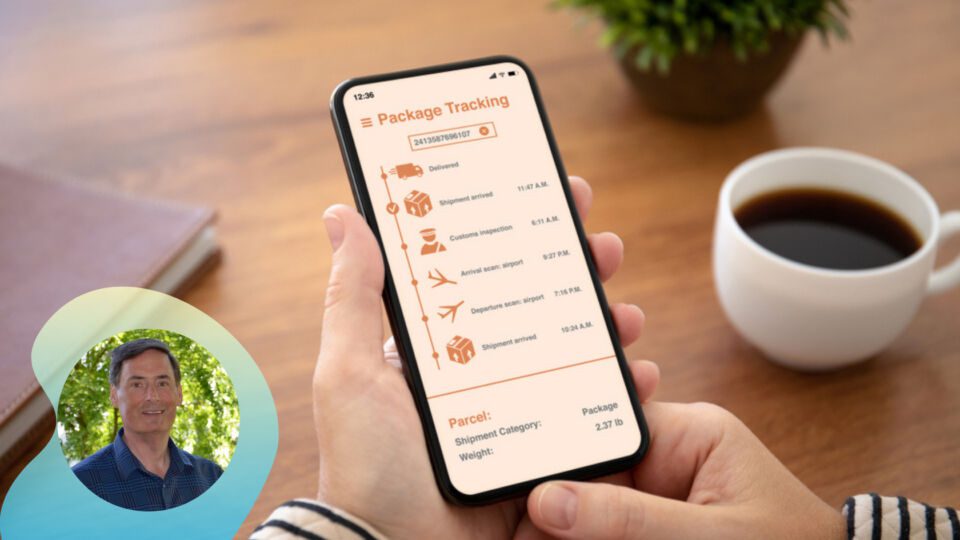Standard order tracking, or worse yet shipment tracking, is not enough anymore given the reality of the pandemic accelerating the shift toward ecommerce. It has changed the way shoppers purchase and receive even the most basic of goods. Comprehensive order support has become a more central and urgent CX priority for retailers looking to keep pace with shifting customer behavior and preferences.
Your customers want detailed, dynamic, always-accessible information on their order from the moment they confirm it until they have their purchase in hand. They also demand the ability to engage with you about their order when and how they want. Here’s how your brand can optimize your order support capabilities to deliver that best-in-class customer experience.
Think Beyond Track and Trace
Protracted shipping times, inventory fluctuations and a growing customer preference for fulfillment options like buy online, pick up in-store (BOPIS) and buy online, ship to store (BOSS) mean that the days of being able to offer simple track and trace are over. Robust, comprehensive pre- and post-delivery support is the new benchmark. Customers now expect full order lifecycle visibility and the ability to engage at each stage of the post-purchase process, including the option to modify or cancel orders, change shipping method or report an issue with their order after it’s received — all on their channel(s) of choice. To build loyalty you need order support transparency with an always-on, 7x24x365 option for customer engagement to address questions and order inquiries at each step of the fulfillment process.
Align with your Fulfillment Logistics
Your order support strategy needs to account for the myriad ways in which your customers are configuring their orders. This means it needs to be able to handle notifications and inquiries not only for “traditional” ecommerce orders but also omnichannel orders like BOPIS and BOSS, combination orders, multiple destination orders and split shipments, all of which are becoming increasingly common. And it needs to do so with a UX that is clear, easily legible and manageable for your customer, no matter how complex their order scenario.
Advertisement
Don’t Forget About Post-Delivery
Successful CX extends after orders are delivered. Your order support solution should be able to handle post-delivery issues that aren’t related to standard returns and exchanges (missing, damaged or incorrect items, etc.). You do this with a dynamic, digital make-good experience that allows you to quickly resolve issues related to your common reason codes without involving a human agent, and ensures customer satisfaction to drive long-term loyalty.
Some brands also have subscription or reorder services that require seamless high-fidelity communications with customers. Retailers and brands that can seamlessly automate by intuitively identifying which shoppers’ items are eligible for auto-delivery, and automatically prompting them to subscribe during the ordering process, can make auto-delivery sign ups smooth and quick.
As consumers’ appetite for ecommerce increases and the order fulfillment shifts brought about by the pandemic become normalized as the new table stakes for digital-first retailers, order support will continue to grow as a key driver of overall CX success. Shoppers are hungry for more transparency as well as on-demand engagement and information. It’s time to both optimize your order support process and lift the curtain on the full order lifecycle, if you want to win the wallet share of increasingly demanding customers.
Durk Stelter is the Chief Revenue Officer at Linc, an award-winning CX automation platform helping businesses automate 85%+ of all shopper interactions to deliver best-in-class experiences through high-fidelity use cases. Heading up sales, marketing, and customer success, Stelter’s primary focus is driving strategy, growth, and streamlining company operations. Prior to joining Linc, Stelter was the Chief Revenue Officer for Pypestream. He has also founded several companies including Swift Labs, and most notably Traverse Networks, leading them through a successful acquisition by Avaya in 2006.




